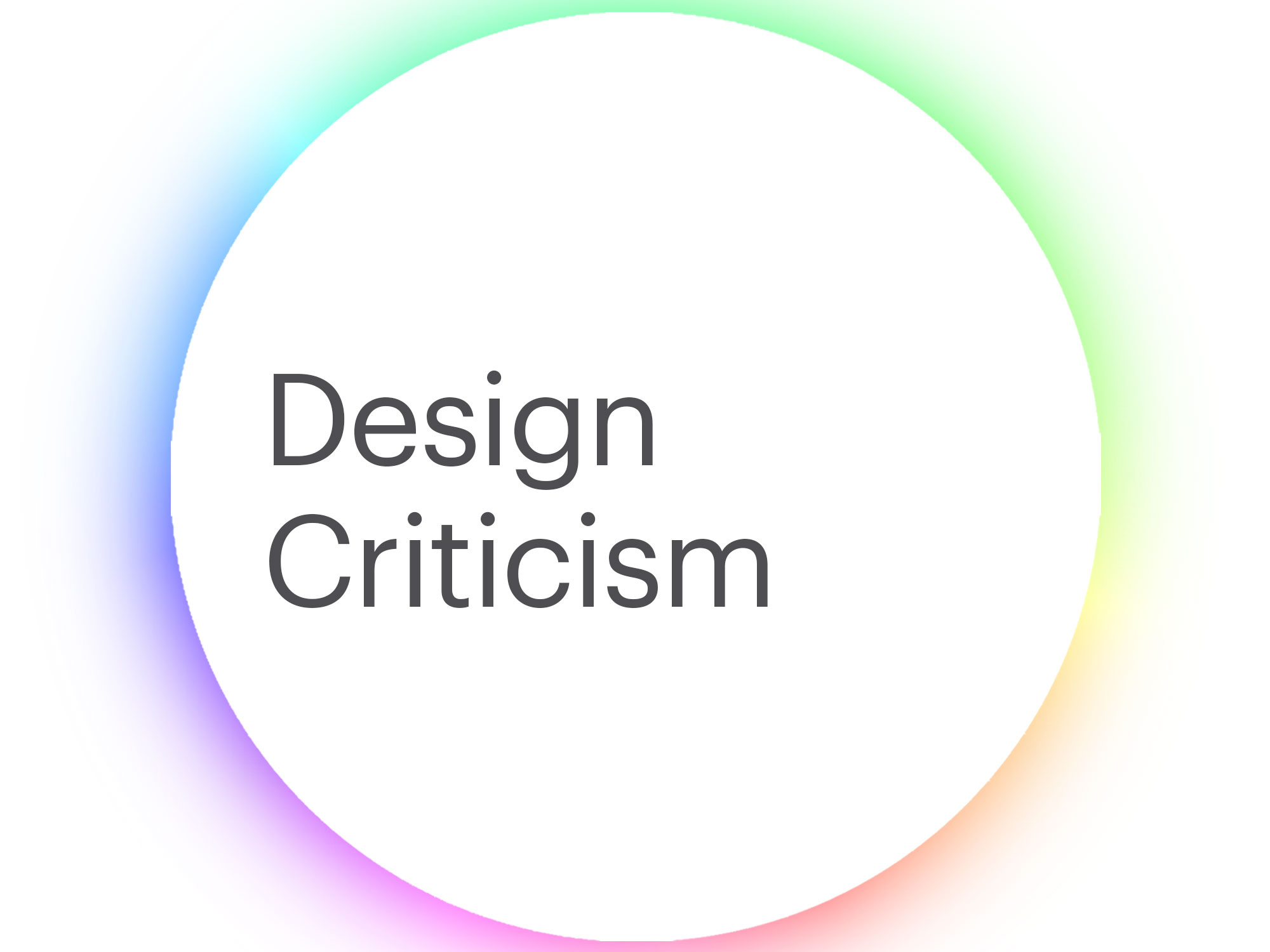So far Viewpoints has offered up opinions on how design is or should be represented by professional organisations and whether design awards are effective in their aims. This time we've asked for thoughts on the C-word: criticism. Here in Ireland we don't really have any established design criticism: architecture and the built environment occasionally get dealt with in the national press and that's really it in terms of 'formal' criticism. What we're typically left with then is the 140 character reviews that follow a major rebrand or the appointment of a particular agency for a high profile job. So if we wanted to cultivate a culture of constructive criticism, how might we go about it? Or why might we want to do that in the first place?
We asked a number of people how we get the most from design criticism for the sake of the design community, and perhaps the wider community too. First up with his thoughts is designer and writer Jarrett Fuller. Jarrett is finishing his MFA in graphic design from Maryland Institute College of Art, where he's also adjunct faculty. Additionally, he hosts Scratching the Surface, a podcast about the intersection of criticism and practice, so we reckon he might have something to say about this...
How do we get the most from design criticism?
We can't escape the effects of graphic design. It helps us navigate interstates and shopping malls, turns complicated interactions into clear interfaces on the phones in our hands, and prompts us to pick up a magazine from the rack in the bookstore. It sells and seduces, informs and educates, demands and delights. To paraphrase the architect Mark Wigley, it's as if the whole globe has been covered in a geological layer of design. And with design's elevation in popular culture, there are more people talking about it than ever before. Company rebrands — which at one time often went unnoticed — are now front page news. Major publications report when a company releases a new logo or Facebook redesigns News Feed. Design — in all its forms — has entered the public discourse. We turn to social media to give our quick reactions to each new design. We rate it, give it a thumbs up or down, and then go back to work.
But to get the most out of design criticism (and when I say 'design criticism', I'm casting a wide net that includes texts, conferences, videos, podcasts, and any discourse around the profession), we can't stop the discussion at colours and shapes and typography. The 140 character hot-take is not enough. For design criticism to matter, it has to go beyond the surface and start considering the consequence. We should not stop at judging what looks good and what doesn't. Graphic design needs more than a star rating. As design permeates everything around us, it has profound implications for how we interact with the world. This means we should question the political and economic ramifications of our work. We should be talking about diversity and inclusion and the cultural biases in the artifacts we make. We should talk about the ethics of how our work lives in the world. The tools of the designer have been democratised: anyone can get a copy of Photoshop, there are high quality cameras on every phone, and it's easy to make a website without learning a line of HTML. What does this mean for the design industry, for the professional designer? If design criticism stays on the level of aesthetics, we're missing the bigger picture. If the discourse around our work can't answer the question "so what?", can't explain why this matters or why anyone should care, we're not talking about why this work matters.
And it should not come from the top down. Design criticism is not something that should live in the academies away from our practices, or be written by a select few. It's inexplicably connected to the work we do every day and it's a dialogue all of us should participate in. It helps move the field forward. It's not an attack, but a celebration. It's not a dismissal, but a provocation. To quote film critic A.O. Scott: it's not parasitic, it's primary.
